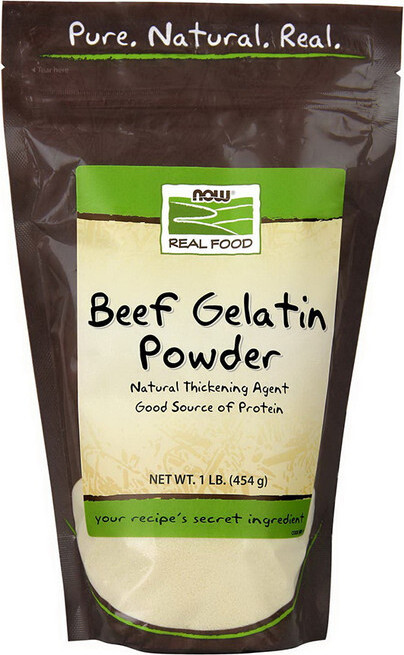

#Gelatin powder unflavoured skin#
The women experienced a 28% increase in skin moisture after eight weeks of taking pork collagen, and a 12% increase in moisture after taking fish collagen ( 15). One study had women eat about 10 grams of pork or fish collagen (remember that collagen is the main component of gelatin). Studies carried out on gelatin supplements show positive results for improving the appearance of skin and hair. Because the side effects are minimal, it is certainly worth considering as a supplement. There is some evidence for the use of gelatin for joint and bone problems. At the same time, there is some evidence for their positive effects on joint and bone problems ( 13, 14).įor these reasons, it may be worth giving gelatin supplements a try if you’re experiencing these issues. The only side effects reported with gelatin supplements are an unpleasant taste, and feelings of fullness. However, the review concluded that there was insufficient evidence to recommend that people use it to treat osteoarthritis ( 12). Those who took gelatin experienced a significant reduction in joint pain, both at rest and during activity, compared to those given the placebo ( 11).Ī review of studies found that gelatin was superior to a placebo for treating pain. In another study, 97 athletes were given either a gelatin supplement or placebo for 24 weeks. Those who took the gelatin reported a significant reduction in pain and joint stiffness ( 10). In one study, 80 people with osteoarthritis were given either a gelatin supplement or a placebo for 70 days. It happens when the cushioning cartilage between the joints breaks down, leading to pain and stiffness. Osteoarthritis is the most common form of arthritis. Gelatin is the richest food source of the amino acid glycine.Ī lot of research has investigated the effectiveness of gelatin as a treatment for joint and bone problems, such as osteoarthritis. The remaining 1–2% is water and small amounts of vitamins and minerals. Rather, its health benefits are a result of its unique amino acid profile. Yet, generally speaking, gelatin is not a rich source of vitamins and minerals. The nutrient content of the remaining 1–2% varies, but consists of water and small amounts of vitamins and minerals like sodium, calcium, phosphorus and folate ( 9). This means it’s important to eat enough in your diet ( 1). Studies have shown that, although your body can make it, you won’t usually make enough to cover your needs. Interestingly, gelatin is the richest food source of the amino acid glycine, which is particularly important for your health. The exact amino acid composition varies depending on the type of animal tissue used and the method of preparation. Here are the most abundant amino acids in gelatin from mammals ( 8): It’s also easy to get tryptophan from other protein-rich foods. Yet this is not an issue, because you are unlikely to eat gelatin as your sole source of protein. Specifically, it does not contain the essential amino acid tryptophan ( 7). However, it’s an incomplete protein because it doesn’t contain all the essential amino acids. It can be used in food production, eaten as bone broth or taken as a supplement.

It is almost entirely protein and has many health benefits. Nevertheless, it is not suitable for vegans because it is made from animal parts. Gelatin can also be purchased in sheet form. This means it may be more palatable as a supplement to some people.īoth gelatin and collagen hydrolysate are available as supplements in powder or granule form. However, it dissolves in cool water and doesn’t form a jelly. Sometimes, gelatin is processed further to produce a substance called collagen hydrolysate, which contains the same amino acids as gelatin and has the same health benefits. It can also be consumed as bone broth or as a supplement ( 6). This has made it useful as a gelling agent in food production, in products such as Jell-O and gummy candy. It dissolves in warm water, and takes on a jelly-like texture when it cools. The gelatin extracted during this process is flavorless and colorless.

People often do this when they’re making soup stock to add flavor and nutrients. Luckily, collagen can be extracted from these parts by boiling them in water. However, it is difficult to eat collagen because it is generally found in unpalatable parts of animals ( 5). For example, collagen increases the flexibility of the skin and the strength of the tendons. It provides strength and structure for tissues. It is found almost everywhere in the body, but is most abundant in the skin, bones, tendons and ligaments ( 4). It is made almost entirely of protein, and its unique amino acid profile gives it many health benefits ( 1, 2, 3).Ĭollagen is the most plentiful protein found in humans and animals. Gelatin is a product made by cooking collagen.


 0 kommentar(er)
0 kommentar(er)
